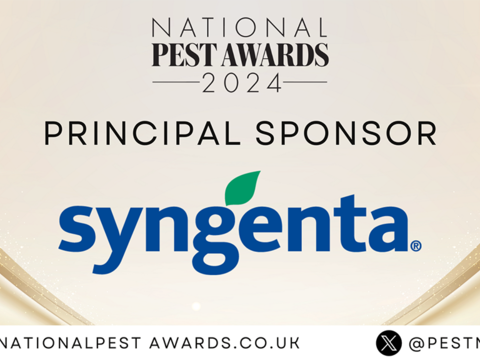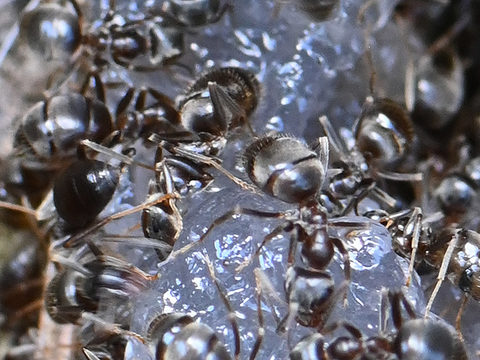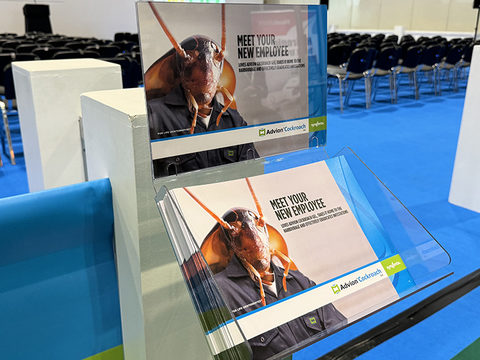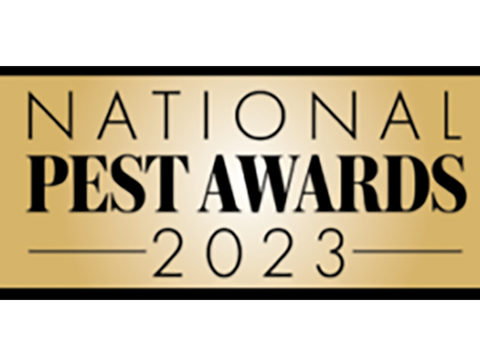Top tips for rodent control on pig farms
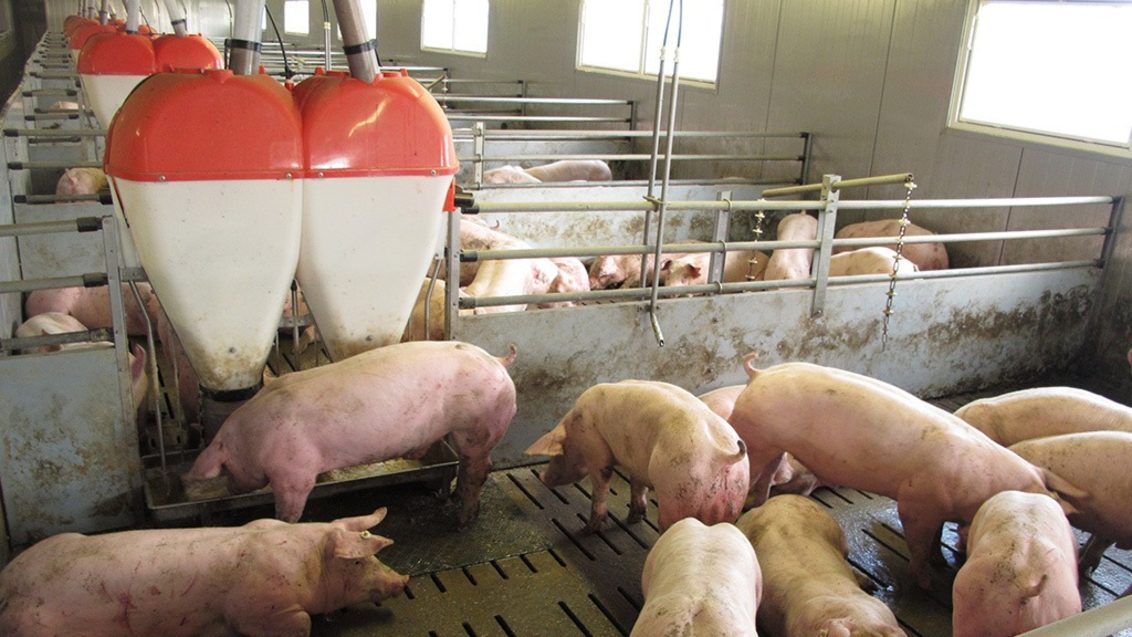
As we head into the autumn, and rodents head to the shelter of buildings from the fields, pest control becomes a major issue for farms. Pig farms face some of the greatest challenges, for rodent control with readily accessible food sources and warm insulated housing.
Syngenta Business Manager, Richard Moseley, answered some of the key questions for an interview with Pig World magazine.....

What are the challenges rodents pose on a pig farm?
Pig farms bring several challenges that can test the most experienced farmer or professional pest controller when managing rodent infestations.
Rodent populations risk the spread of disease, consumption and contamination of pig food sources, damage to infrastructure - including losses from chewing wiring and insulation – and the threat to farm assurance food protocol compliance.
Factors such as the continuous availability of highly palatable competitive food sources, difficult to access harbourage points and the ongoing migration of rodents from neighbouring rural locations all contribute to on-going rodent problems on farms.

An added complexity on pig farms is making sure that the rodenticide is securely applied where the rodents are active, while managing any environmental risk factor.
With the repeated issue of rodents year-on-year on pig farms, many will also be trying to control rodent populations that are resistant to some of the active ingredients accessible to professional user groups.
What is the latest information/advice on rodenticide resistance?
Farmers and professional pest controllers alike are always instructed to follow the product label and re-evaluate the treatment process on a regular frequency.
Reviewing a long running treatment allows the product user to determine if the application process needs adjusting, or if another factor is at play - such as rodenticide resistance.

When a rodenticide has been properly applied, and regularly consumed by the rodent without control being achieved, rodenticide resistance needs to be considered.
There are excellent resources available from organisations such as CRRU, RRAG and RRAC that help to determine if resistance is present, and when identified an active ingredient with no know resistance such as brodifacoum should be applied.
Mapping of known resistance locations can be accessed via the RRAC website, but the maps only reflect known cases, and the spread of rodenticide resistance may be much wider.
Tail testing to determine if rodenticide resistance is present in a rodent population can also be accessed via the CRRU website.
And remember, resistance is not just an issue with rats, it is also an issue in target mouse species, but less data exists to highlight the areas where problems may be located.
What are your key rodenticides for treating rodents on-farm? Why are Syngenta products best suited to the role?
Three things to consider with any treatment process are formulation, application and active ingredient.
Formulations (the bait base) of rodenticides are important as they need to appeal to different rodents, in different situations with different feeding preferences. For pig farms in particular, where attractive grain-based diets are constantly available for growing livestock, the palatability of rodenticide baits is paramount.
Trials using a 'Talon Taste Test' - placing samples of different Syngenta Talon formulations on sites of known rat infestations - have demonstrated that no two situations or rodent populations will have a definitive preference. In most instances Talon Soft paste has proved the most consistent, but in rural situations in particular, the Talon Pellets have been the preferred initial bait, along with Talon M maize bait.

That may be a reflection of the existing rodent food sources. Also of note from the trials has been how rats may ignore or limit intake of one bait for some days, then suddenly switch on to it and clear bait points.
The advice is to always offer clean samples of high quality, palatable baits and being prepared to switch bait formulations to find which works fastest and most effectively for that particular population.
Some intensive pig housing can create hot and humid conditions that are a challenge to maintain bait freshness and palatability. The Talon Soft paste is always a good option in these situations, or Talon Waxblocks that can retain their integrity and avoid issues of mould in the toughest of conditions.

The continued use of one formulation can easily result in treatment failure as rodents ignore the rodenticide – adding more of the same won’t change the outcome.
Application is also of vital importance to successful rodent treatments, especially on challenging sites such as pig farms. Having a planned approach with a product that can be used in some key areas such as burrows, and sewers is essential for thorough eradication of rodents. Not all rodenticides can be applied in all areas, and this should be considered when selecting a product. Talon Pellets, for example, are the only product of the range that can be used for burrow baiting in and around buildings.

Finally, it is essential that the active ingredient is considered when selecting a product, especially if resistance may be an issue. Using the wrong active ingredient will not only fail to control the target rodents, but it also potentially introduces more active ingredient to the environment - due to longer treatment processes and high consumption levels with no effect on the rodent population.
Syngenta rodenticides are available to farmers and professional pest controllers in a wide range of highly palatable formulations. They have wide label allowances, such as burrow baiting, and contain the active ingredient brodifacoum, which has no known resistance and controls rodents rapidly and efficiently.
Should farmers hire professional pest controllers, either for advice, or for regular routine work?
It is always wise to get sound advice on professional pest control matters. Pest control is one of the tasks that may be neglected when farmers are busy with other concerns, but rodent infestations can quickly spiral out of control if not addressed.

There have been changes in regulations and training requirements for the pest control industry, and labels have become more specific and contain more information than ever before. Professional pest controllers are fully au fait with the latest rules and regulations. They work with these products daily and have access to a wide range of rodenticide formulations, so in many cases it may be more time and cost effective to put the rodent control in a professional contractor’s hands.
For farm assurance certification, having a professional pest controller’s report readily to hand can fulfil legislative requirements and customers’ protocols.

